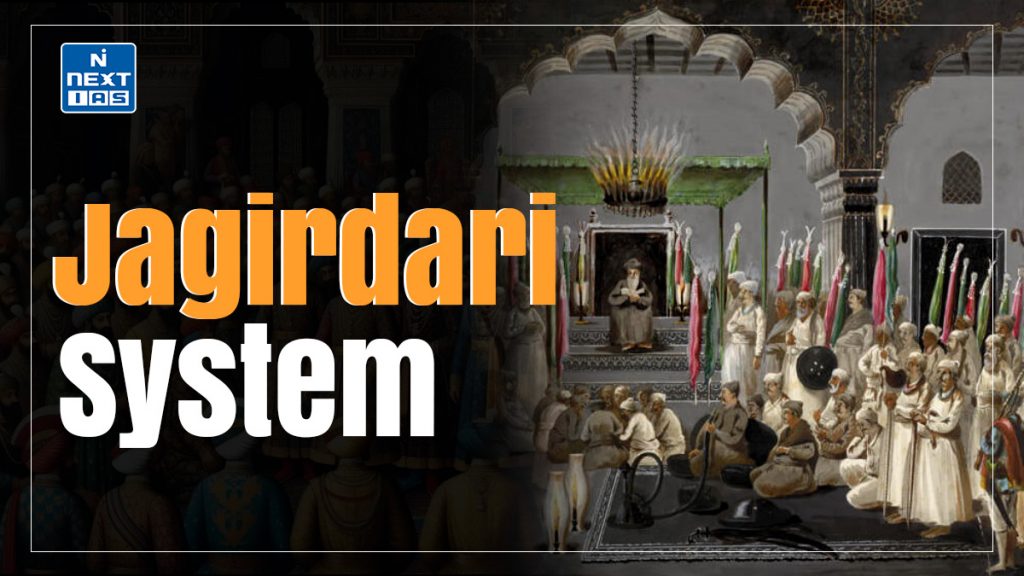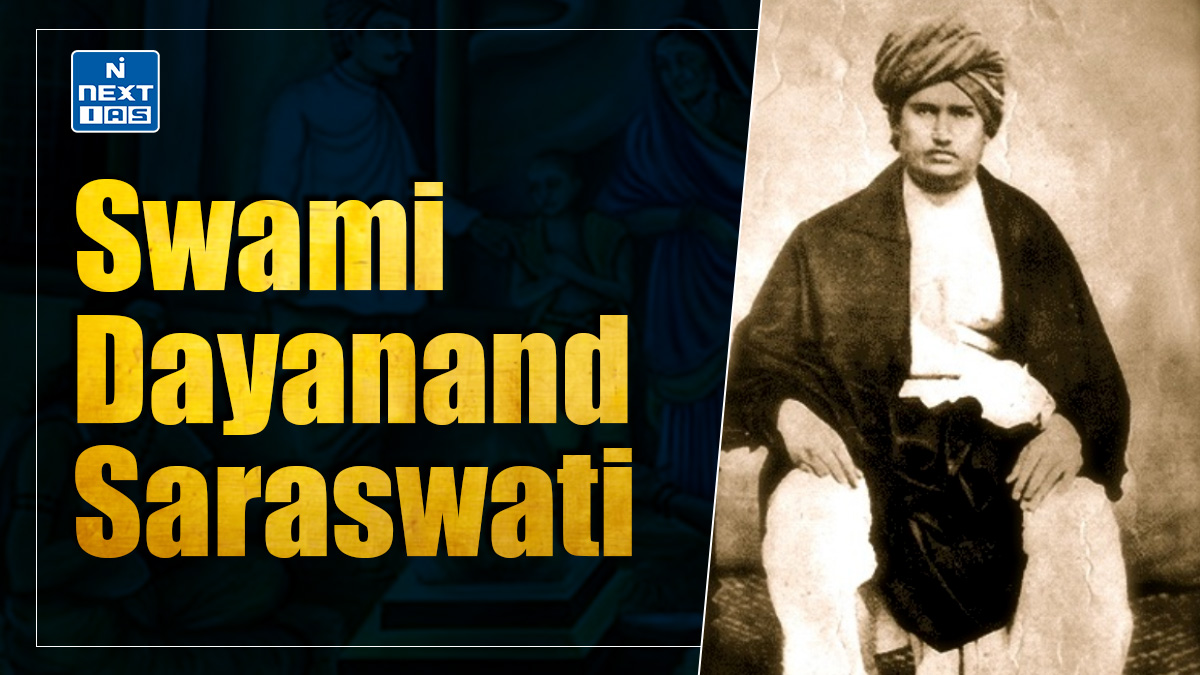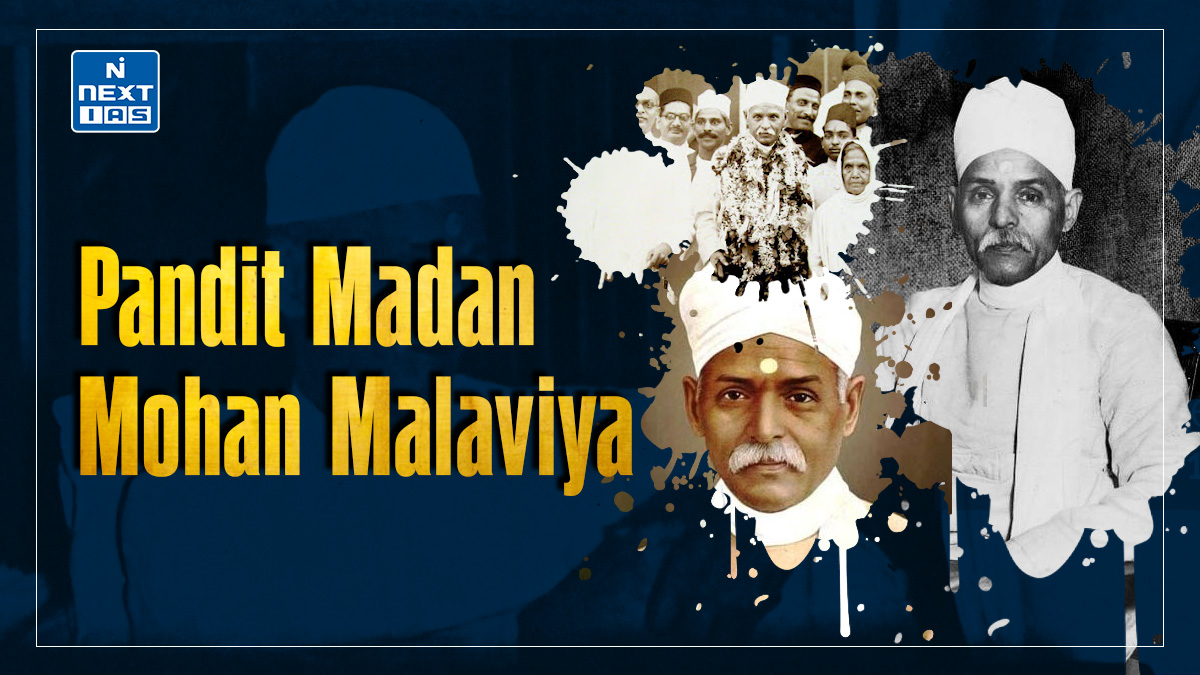
The Jagirdari System was an administrative framework in medieval India where land revenue rights, known as jagirs, were granted to officials called jagirdars in exchange for their services. This system was crucial in tax collection and local governance, significantly influencing agrarian relations and administrative practices during the Mughal era. This article aims to study in detail the structure, functions, advantages, and challenges of the Jagirdari system and its impact on Indian society.
About Jagirdari System
- The Jagirdari system was an administrative system through which the land revenue was assigned in lieu of a salary called the jagir.
- The jagirdari system did not affect the hereditary rights of intermediaries collectively known as the zamindars.
- Such practice also existed during the Delhi Sultanate period and such assignments were called Iqtas and the holders Iqtadars.
- In this connection, the Jagirdari system is remembered as not being assigned land but the right to collect revenue or income from the piece of land.
- The Jagirdari system was integral to the mansabdari system, which developed under Akbar. All the Mughal mansabdars were paid through the assignment of jagirs.
Read our detailed article on the Mansabdari System.
Organisation and Management of Jagirs
- The Mughal emperor allocated jagirs to the mansabdars. The Mansabdar made arrangements for the revenue collection.
- The higher mansabdar kept their staff of the amils, writers, etc. The smaller mansabdars used to farm out the revenue of their jagirs, known as the ijara system.
- When a jagir was transferred, or so long as it remained unassigned, it was kept as paibaqi and in charge of the Central Diwan.
- To ensure exactness in assigning jagirs, standing estimates of the average annual revenue from revenues, known as Ramadan, were prepared for every administrative division down to the villages.
- Khalisa, or the land not assigned in jagirs, was the main source of income for the king’s treasury, and the king’s officers were responsible for collecting it. The size of the khalifa was not constant.
- The ranks or mansabs they held were usually not inheritable. However, such ranks were typically conferred on sons and relations of nobles or higher mansab holders.
- Also, the allocation of jagirs was temporary. Promotions and demotions from time to time required revisions of the mansabs, and each such alteration in mansab needed a change in the mansabdar’s jagir.
Organisation and Management of Jagirs
- The Mughal emperor allocated jagirs to the mansabdars. The Mansabdar made arrangements for the revenue collection.
- The higher mansabdar kept their staff of the amils, writers, etc. The smaller mansabdars used to farm out the revenue of their jagirs, known as the ijara system.
- When a jagir was transferred, or so long as it remained unassigned, it was kept as paibaqi and in charge of the Central Diwan.
- To ensure exactness in assigning jagirs, standing estimates of the average annual revenue from revenues, known as Ramadan, were prepared for every administrative division down to the villages.
- Khalisa, or the land not assigned in jagirs, was the main source of income for the king’s treasury, and the king’s officers were responsible for collecting it. The size of the khalifa was not constant.
- The ranks or mansabs they held were usually not inheritable. However, such ranks were typically conferred on sons and relations of nobles or higher mansab holders.
- Also, the allocation of jagirs was temporary. Promotions and demotions from time to time required revisions of the mansabs, and each such alteration in mansab needed a change in the mansabdar’s jagir.
Types of Jagirs
There were various types of Jagirs:
- Jagirs, which were given in lieu of pay, known as Tankha Jagir,
- Jagirs given to an individual on certain conditions called Mashrut Jagirs,
- Jagirs with no involvement of obligations of service and were independent of rank known as Inam Jagirs and
- Jagirs, assigned to Zamindars in their homelands, are called Watan Jagirs.
| Note: Tankha Jagirs were transferable for every three or four years of these varieties. Watan Jagirs were hereditary Jagirs and non-transferable. Yet, all these types of Jagirs were liable for conversion. Thus, the Jagirdars were allowed to collect only the stipulated amount fixed by the king. |
Functions of Jagirdari System
The functions of the Jagirdari System are as follows:
- Revenue Collection and Administration: The Jagirdari system focused on efficient revenue collection from agricultural lands.
- Jagirdars were responsible for collecting taxes from peasants and ensuring that a portion of the revenue was remitted to the central authority.
- This system helped streamline tax collection and provided the state with a stable source of income for administration and military expenses.
- Military Obligations of Jagirdars: Jagirdars held land grants in exchange for military service.
- They were expected to maintain a certain number of troops and provide military support to the sovereign during conflicts.
- This obligation ensured that the state had a ready supply of local forces, reinforcing the military strength of the ruling authority.
- Local Governance and Justice Administration: The Jagirdari system empowered jagirdars to act as local governors, allowing them to manage their territories effectively.
- They were responsible for maintaining law and order, administering justice, and resolving disputes among the local population.
- This role helped integrate the jagirdars into the community. They acted as intermediaries between the state and the peasantry, addressing local issues and concerns.
Advantages of Jagirdari System
The advantages of the Jagirdari System are as follows:
- Effective Revenue Collection and Management: The Jagirdari system facilitated a structured approach to revenue collection.
- By delegating tax collection to jagirdars, the state benefited from local knowledge and established networks, improving agricultural revenue management efficiency.
- Strengthening Local Governance: Jagirdars acted as local administrators, which helped maintain order and governance in rural areas.
- Their intimate understanding of local conditions enabled them to respond quickly to issues, enhancing administrative effectiveness and regional stability.
- Contributions to the Military Strength of the State: The system ensured that the state had a reliable pool of military resources.
- Jagirdars were required to maintain troops and support the central authority during conflicts, contributing to the empire’s military readiness and strength.
Disadvantages of Jagirdari System
The disadvantages of the Jagirdari System are as follows:
- Exploitation of Peasants by Jagirdars: One of the significant drawbacks of the Jagirdari system was the potential for exploitation.
- Jagirdars often imposed heavy taxes and rents on peasants, leading to economic hardship and resentment within agrarian communities.
- Issues of Corruption and Mismanagement: The decentralisation of authority in the Jagirdari system sometimes resulted in corruption and mismanagement.
- Some jagirdars prioritised personal gain over their responsibilities, leading to inefficient governance and abuse of power.
- Decline of the System during the Late Mughal Period: As the Mughal Empire weakened, the Jagirdari system faced challenges from regional powers and internal strife.
- The lack of effective oversight allowed for the deterioration of authority and governance, contributing to the system’s decline and paving the way for alternative land tenure systems.
Conclusion
The Jagirdari system significantly impacted land management and governance, enabling effective revenue collection while also leading to the exploitation of peasants and corruption. Its decline in the late Mughal period highlights the challenges of decentralisation in governance. Understanding this system provides valuable insights into India’s historical and socio-economic landscape and its influence on contemporary land reforms and administrative practices.
Frequently Asked Questions (FAQs)
What is Jagirdari system?
The Jagirdari system was a feudal land-grant system used in medieval India, primarily under the Mughal Empire. The state granted land or revenue rights (jagir) to nobles or officials in exchange for their service, particularly military.
What is Mansabdari and Jagirdari system?
The Mansabdari system was a unique administrative and military structure introduced by Emperor Akbar in which officers were given ranks, or “man says,” and their responsibilities included maintaining a set number of troops. The Jagirdari system, linked with Mansabdari, involved assigning lands (jagirs) to mansabdars (rank-holders) as compensation for their service and allowing them to collect taxes from those lands for revenue.
Who introduced the Jagirdari system?
The Jagirdari system was formalised under the Mughal Emperor Akbar as part of his administrative reforms.






